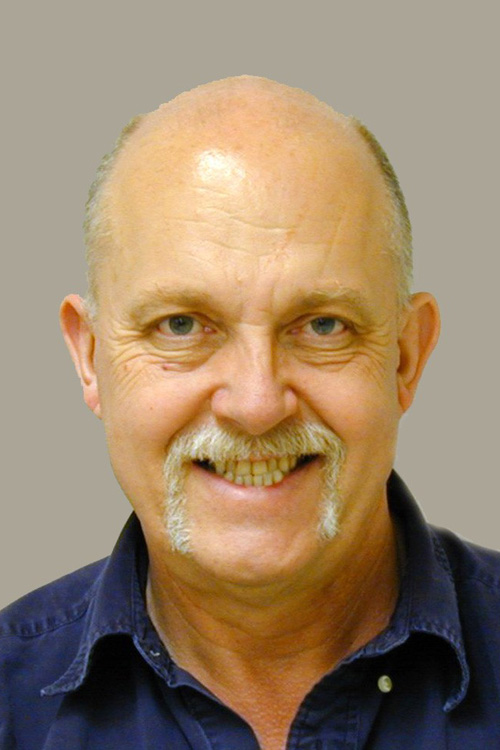91²Ö¿â continues to march in the vanguard of technological advancement. A KSU researcher has joined a cutting-edge collaborative study into light-driven materials.â¨The technology has the potential to replace electric motors unilaterally.
The Office of Naval Research awarded a $7.5 million Multidisciplinary University Research Initiative (MURI) grant for a five-year project led by Polymer Scientist Dr. Ryan Hayward at the University of Massachusetts â Amherst, with five other participating institutions, including KSU.
Dr. Peter Palffy-Muhoray, a physicist in the Advanced Materials and Liquid Crystal Institute (AMLCI) at 91²Ö¿â, will receive roughly $1.2 million for his part in the project.
âItâs a very exciting time, because I think weâre really at the threshold of this fundamentally new technology,â Palffy-Muhoray said. âWhat I think is exciting here is the idea of eliminating motors and wires, and just using light directly to do work. You can shine a laser at something or use an optic fiber to guide the light, but the idea is to use light directly to do work, and I think that thatâs a big step forward in technology.â
Palffy-Muhoray said studies show that the power generated by large electric motors could be easily transmitted through thin optical fibers.
âThere are a lot of light-responsive materials out there. Liquid crystal elastomers are one such material, but not at all the only material. There are metals that undergo light-induced deformations, and there are organic crystals that change their shape when illuminated.ââ¨Hayward has stated that the fundamental insights gained, and access to improved material properties, will put these âphotomechanical materialsâ to use not only in smart buildings and remotely-controlled robots, but also in self-regulating optical devices like âsmart lensesâ or mirrors that self-adjust to maintain proper performance despite changing environmental conditions.
Hayward and Palffy-Muhoray will work with colleagues from the UC Riverside; UC Santa Barbara; Stanford University, and Cal Tech. The team will use quantum mechanical modeling to generate new classes of light-responsive moleculars, then pair them with new hosts through self-assembly to reach large-scale material architectures.
âIn the future, in some cases we may not need solar cells, but use instead new photoactive materials that do the work directly,â Palffy-Muhoray said.
Media Contacts
Emily Vincent: evincen2@kent.edu, 330-672-8595â¨
Dan Pompili: dpompili@kent.edu, 330-672-0731
